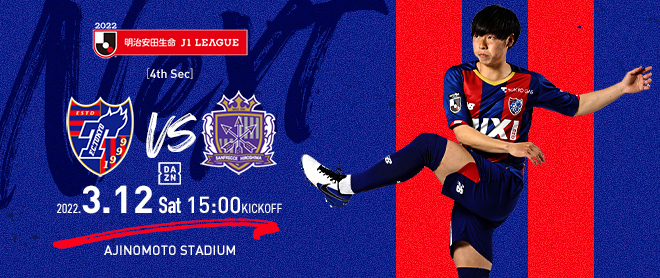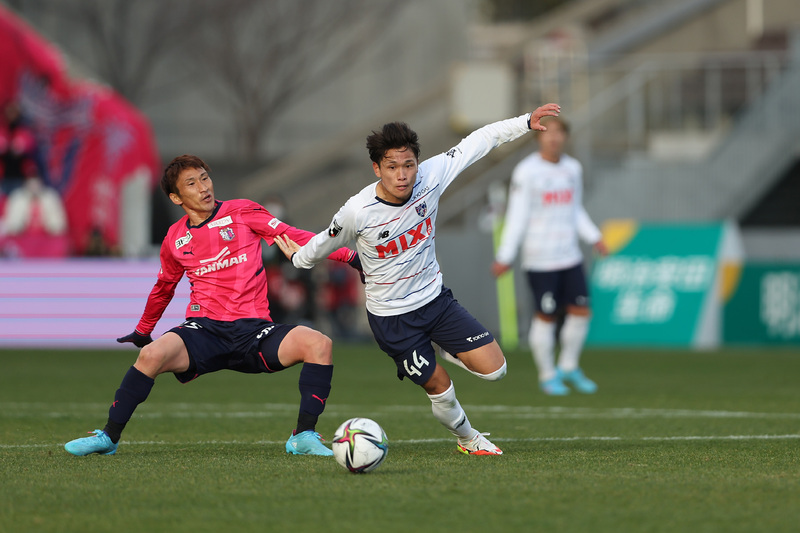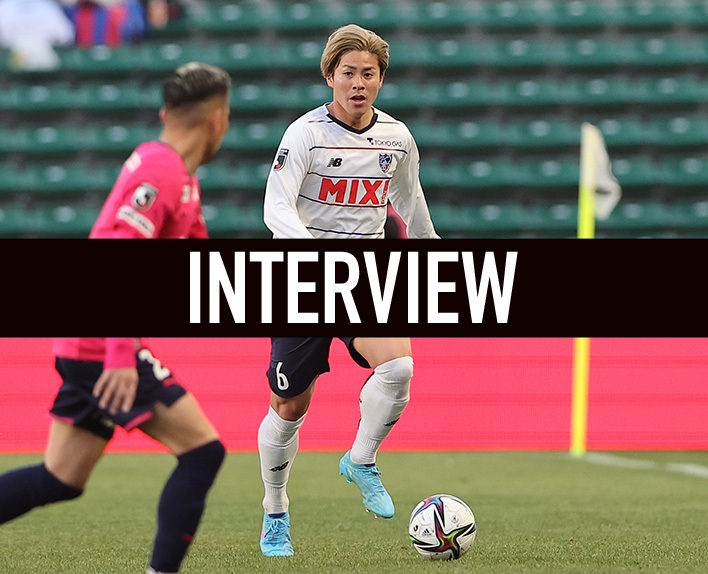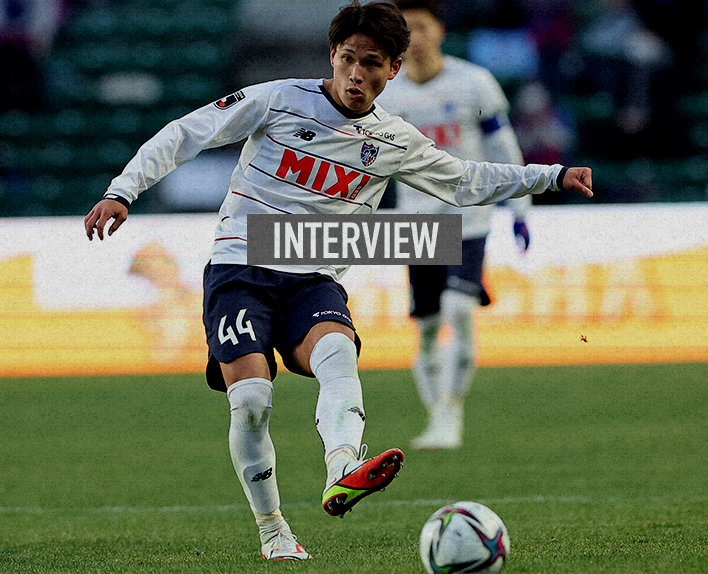Haste makes waste vs Haste makes haste
To peel or to be eaten――.
It may become a series of thrilling attacks and defenses. This weekend, on March 12th (Sat), "FC Tokyo vs Sanfrecce Hiroshima" will be held at Ajinomoto Stadium. They are a complete opposite of FC Tokyo. The team's design is vastly different.
Tokyo's haste makes waste.
Hiroshima's haste makes waste.
The two teams' stances are very different. Not only Tokyo, but also Hiroshima have appointed a new coach this season and are aiming for a major change in their game model. Fast. In any case, fast. Both in attack and defense.
The lifeline is the transition that has been polished since the camp. It is the switch from attack to defense, and from defense to attack. Therefore, we take the initiative and plan to quickly finish off the opponent with sharp counterattacks. It is a fighting style that engulfs the enemy with a high-tempo offense and defense.
This new trend is a major trend in modern Germany. It is a high-intensity football created by top coaches such as Jürgen Klopp (Liverpool manager) and professor Ralph Rangnick (Manchester United manager). The new German manager, Michael SKIBBE, who now leads Hiroshima, is a faithful follower of this style.

Perhaps the biggest highlight will be Tokyo's skillful possession of connecting passes from the back, and Hiroshima's intense pressing in an attempt to disrupt it. The opening question of whether to peel or be eaten refers to this offensive and defensive battle.
Hiroshima's dangerous press has two tactics. The first is a counter press that aims to immediately regain possession of the lost ball, and the second is a high press that invades the opponent's territory and cuts off their build-up play from the root. For the former, it may be easier to understand if we use the German pronunciation "gegen pressing".
For Tokyo, the latter may be more troublesome. In particular, the first 15 minutes of Hiroshima's full-throttle challenge should be noted. If the risk calculation is wrong, there is a pitfall of conceding a goal immediately after losing the ball.
The key is the four backs and the pivot (anchor) who control the build-up, but Takuya AOKI, who received a red card (two yellow cards) in the previous match against Cerezo Osaka where they achieved their first win of the season, will be suspended. The performance of "Mr. X" who will take over as the pivot will be one of the focuses. Without his contribution, it will be difficult to avoid the press.
In other words, depending on the pivot's movements, Tokyo can gain an advantage. As seen in the 1-1 draw against Vissel Kobe in the previous round, there are gaps in Hiroshima's defense against the pivot. When attempting to press from the front, it is not clear who will mark the pivot. In fact, the check against Kobe's Sergi Samper was often delayed, resulting in missed opportunities to disrupt their build-up play.
However, Hiroshima's press is fast and sharp. Without hesitation, the rear units set up a tight net while coordinating with the movements of the front line. And when they steal the ball, they immediately launch a high-speed counter attack with a vertical pass, leaving no room for carelessness or openings.
Tokyo's new signboard is in positional play, but it takes a considerable amount of time for each player to take the appropriate position. Before that, Hiroshima's style is to quickly press and crush――that's the way. Such a battle over "location and time" is also likely to greatly influence the outcome of this match.
If Hiroshima makes adjustments to shut down the pivot, there is a possibility that they will focus on man-to-man marking from close to the ball and employ a "same number press". This was the case in the second match (1-1) against Hokkaido Consadole Sapporo.
In that case, what will Tokyo do? Depending on the situation, utilizing long balls may be the key. The target is behind the defensive line. That's also behind the wing backs. Kobe has been creating a stronghold by putting long balls there and taking the lead. This is a way of turning the tables on Hiroshima's aggressive pressure tactics.
It would be interesting to see diagonal passes from the center back to the wide wings. In the FC Osaka game, Yasuki KIMOTO, who was at the back, made a sharp diagonal pass to Adailton waiting on the left wing, creating a quick attack. Additionally, regardless of the position he plays, Masato MORISHIGE also has the ability to deliver high-quality long balls. With that, players like Adailton and Kazuya KONNO, who scored crucial winning goals in the FC Osaka game, and speedster Kensuke NAGAI, can be utilized as wide receivers.
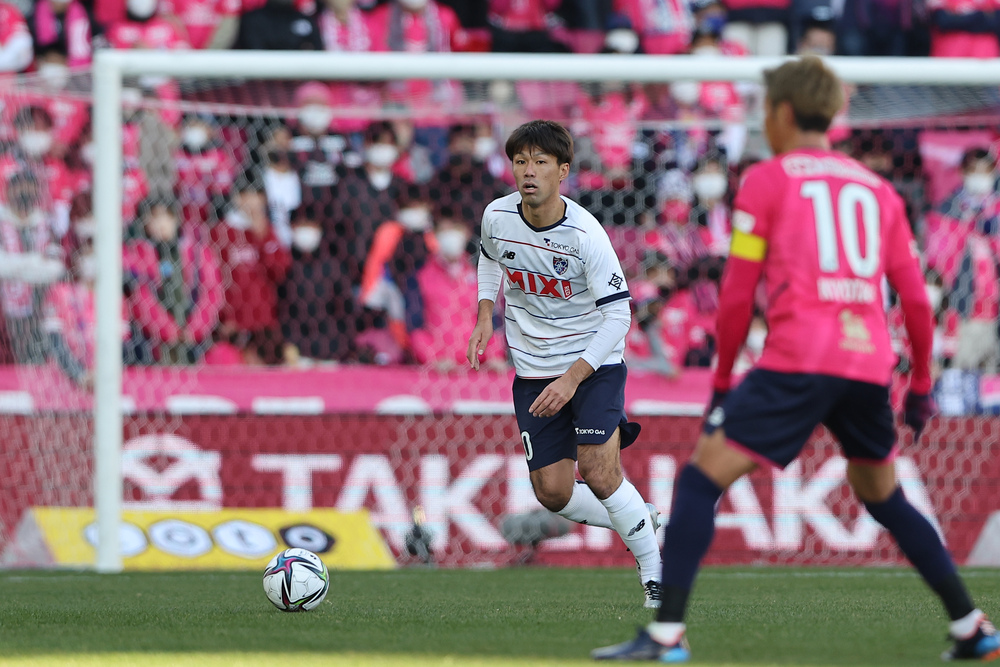
However, excessive use is Hiroshima's desired target. The long ball is not always accurate and does not always reach the teammate. In many cases, including loose balls, it is recovered by the defensive side. With this repetition, Albert Pobor's intended attacking rhythm cannot be created. Is it about connecting or kicking? The judgment of that will be important.
In any case, there is a stark contrast between Tokyo, who holds the ball, and Hiroshima, who is trying to regain it. However, there is also a hidden sub-theme in this match. The immediate recovery of lost balls. Not Hiroshima, but Tokyo.
The path may be different when switching to attack, but the same etiquette applies when defending. Quickly switch, fiercely fight for the ball, and pick up loose balls. For Albert Tokyo, strong defense is a lifeline.
Push deep into enemy territory while connecting passes from behind, and immediately try to recover the ball if it is lost, then return to the attack. This is the style of play that Coach Albert PUIG ORTONEDA aims for, where the enemy is not given a chance to counterattack and the team relentlessly attacks. No matter how impressive the attack may be, it will not work if the defense is full of holes.
Tokyo is also a group armed with counter-pressing. Led by midfielder Shuto ABE, there are many skilled users of intense pressing. Impressive is newcomer Kuryu MATSUKI, who has made his way into the midfield and has been named in the starting lineup since the opening game. His strengths go beyond just technical ability and attacking sense, as he also moves brilliantly as a vanguard of the press.
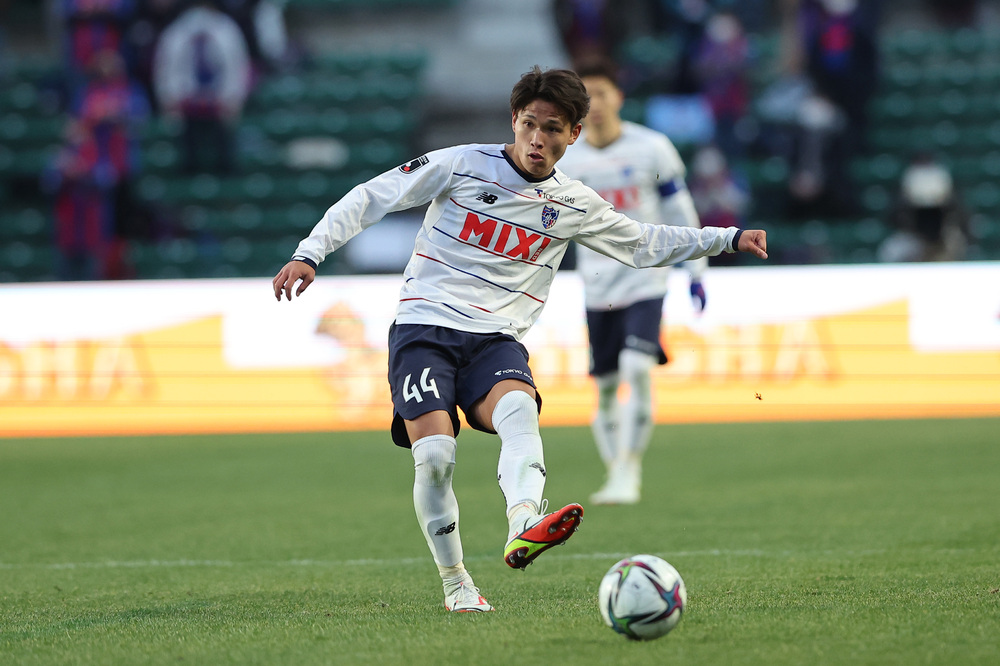
FC Osaka match was like that. Many chances were created from Matsuki's sharp press. Even against a seasoned veteran who is strong in the ball, he firmly takes the ball away, so I am impressed. In this Hiroshima match, he should be a key player for Tokyo, regardless of offense or defense.
On the other hand, Hiroshima also has a main cast in the second row (shadow). Tsukasa MORISHIMA. His movements are unpredictable and he moves freely in all directions. When attacking, he becomes the receiver of vertical passes, and when defending, he becomes the vanguard of the press, moving brilliantly. If this person is given freedom, it could be fatal. Both Matsuki and Morishima's performances will be a must-watch battle.
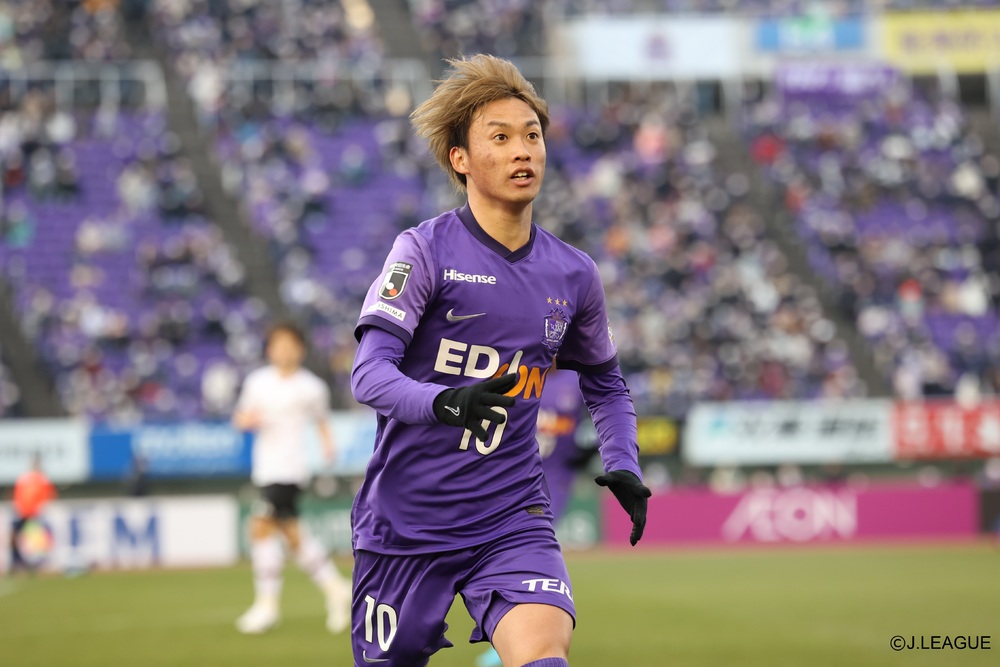
Both teams have just attempted to implement a new game model. It is a clash in the middle of completion. Which color will stand out more? Build-up vs High press, Possession vs Counter, Positional play vs Transitional play, Matsuki vs Morishima... From tactical aspects to the competition among key players, there is no shortage of highlights. Will they peel or be eaten? The fierce battle between contrasting teams is about to begin.
Text by Sato Hojo (Football Writer)
<Sec. 3 FC Tokyo vs Cerezo Osaka Highlights>
<Sec. 3 Sanfrecce Hiroshima vs Vissel Kobe Highlights>
